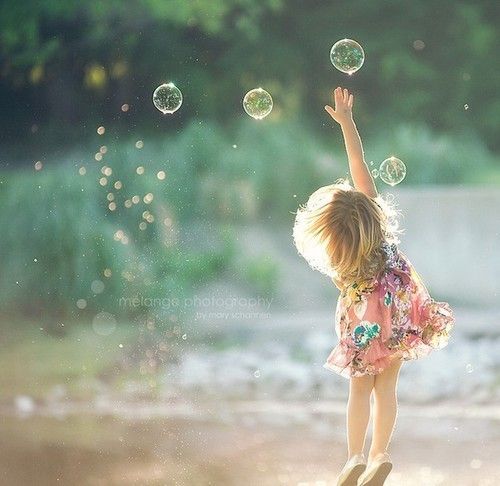Sometimes a resource comes along that distills complex concepts so they are instantly understandable in both theory and practical applications. The three minute clip below is one.
The children in the video do an excellent job explaining the brain’s structure, function, and response to fear. They detail what fear reactions can look like in behavior, how fear affects processing, and why it is so important that we understand how behavior is, in essence, communication.
It is a brief yet fantastic resource. I hope you watch. I hope you comment. I hope you share.
Children often make great teachers. These kids certainly do! Well done, everyone!
For detailed information on the ways fear and trauma affect language, development, behavior, and communication, go to: Communicating Trauma.
Also check the Resources and Trauma and Development pages as well as the Book Chapters and Articles page on this site for additional information and resources.
For information on the organization that produced the video above, go to: Trauma Recovery Centre



You must be logged in to post a comment.